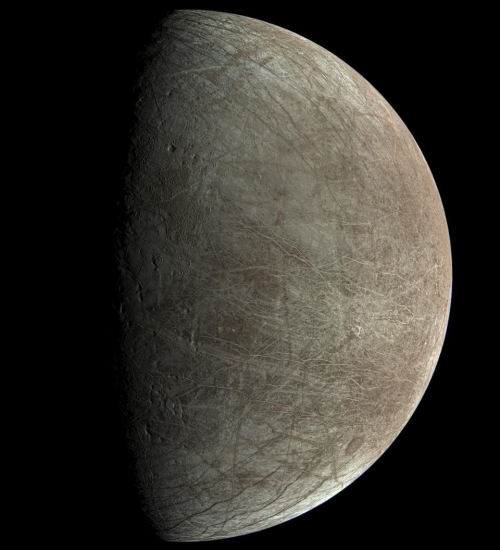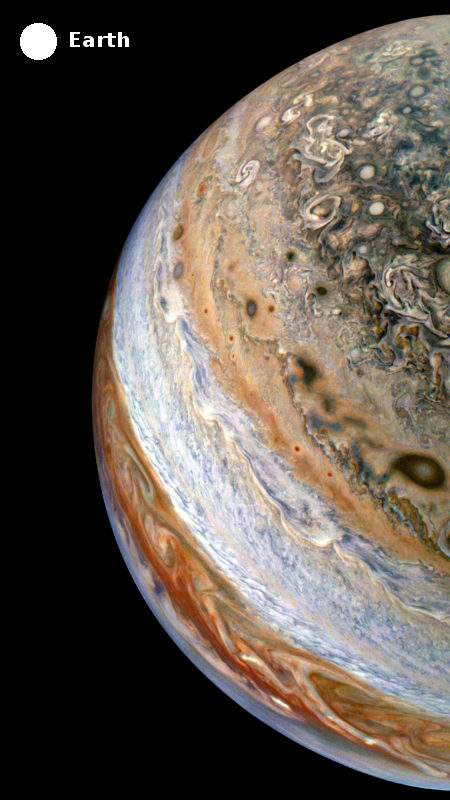Piece from SpaceX Dragon service module falls on Canadian farm
Though not yet confirmed a 90-pound piece of burned debris that crashed on a Canadian farm and found in late April appears to be a section from the trunk section of a SpaceX Dragon service module.
Jonathan McDowell, who tracks space launches and re-entries, posted on X (formerly Twitter) that the trunk from the private Axiom Space Ax-3 mission fell over Saskatchewan on Feb. 26.
This incident, along with several others over the last few years, tells us that not everything engineers thought would burn up upon re-entry does so. A major rethinking of how objects are de-orbited could be necessary.
Though not yet confirmed a 90-pound piece of burned debris that crashed on a Canadian farm and found in late April appears to be a section from the trunk section of a SpaceX Dragon service module.
Jonathan McDowell, who tracks space launches and re-entries, posted on X (formerly Twitter) that the trunk from the private Axiom Space Ax-3 mission fell over Saskatchewan on Feb. 26.
This incident, along with several others over the last few years, tells us that not everything engineers thought would burn up upon re-entry does so. A major rethinking of how objects are de-orbited could be necessary.








